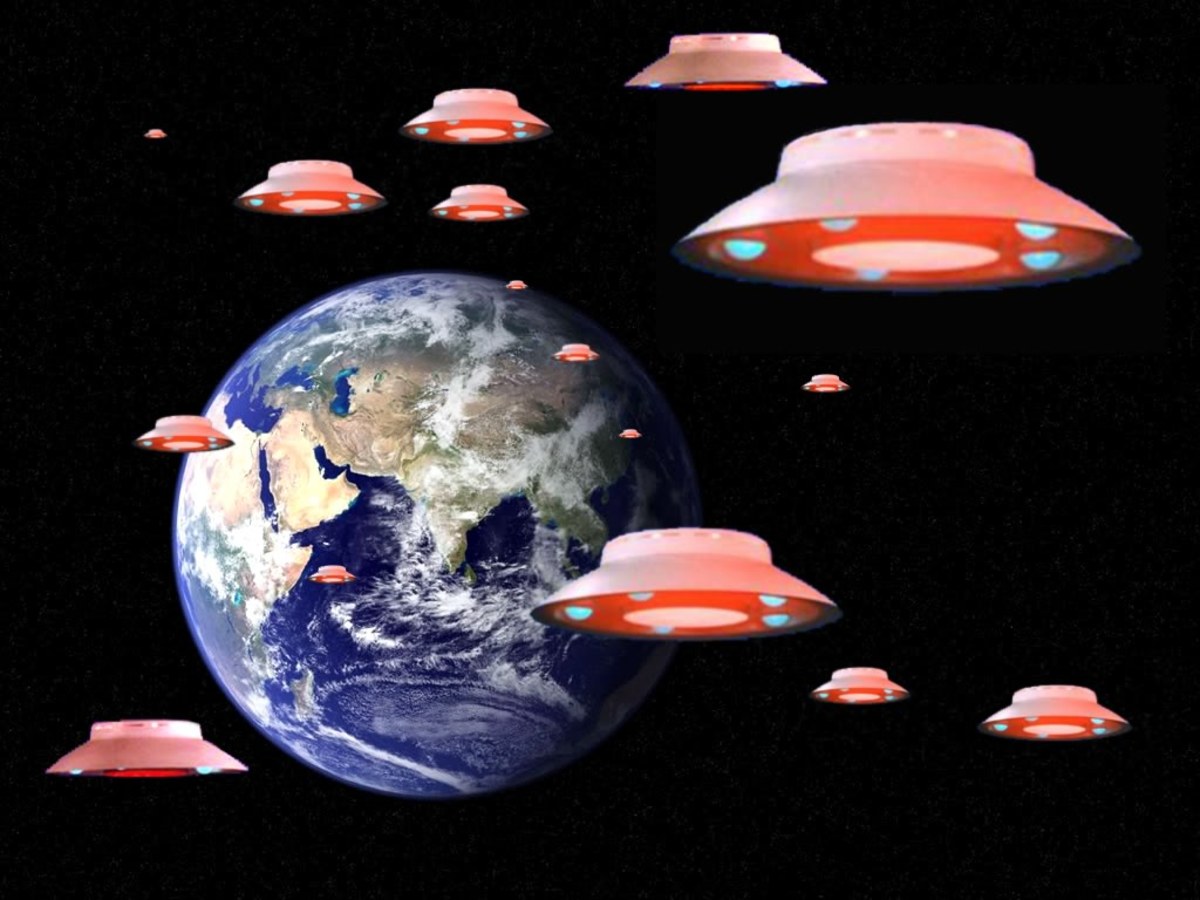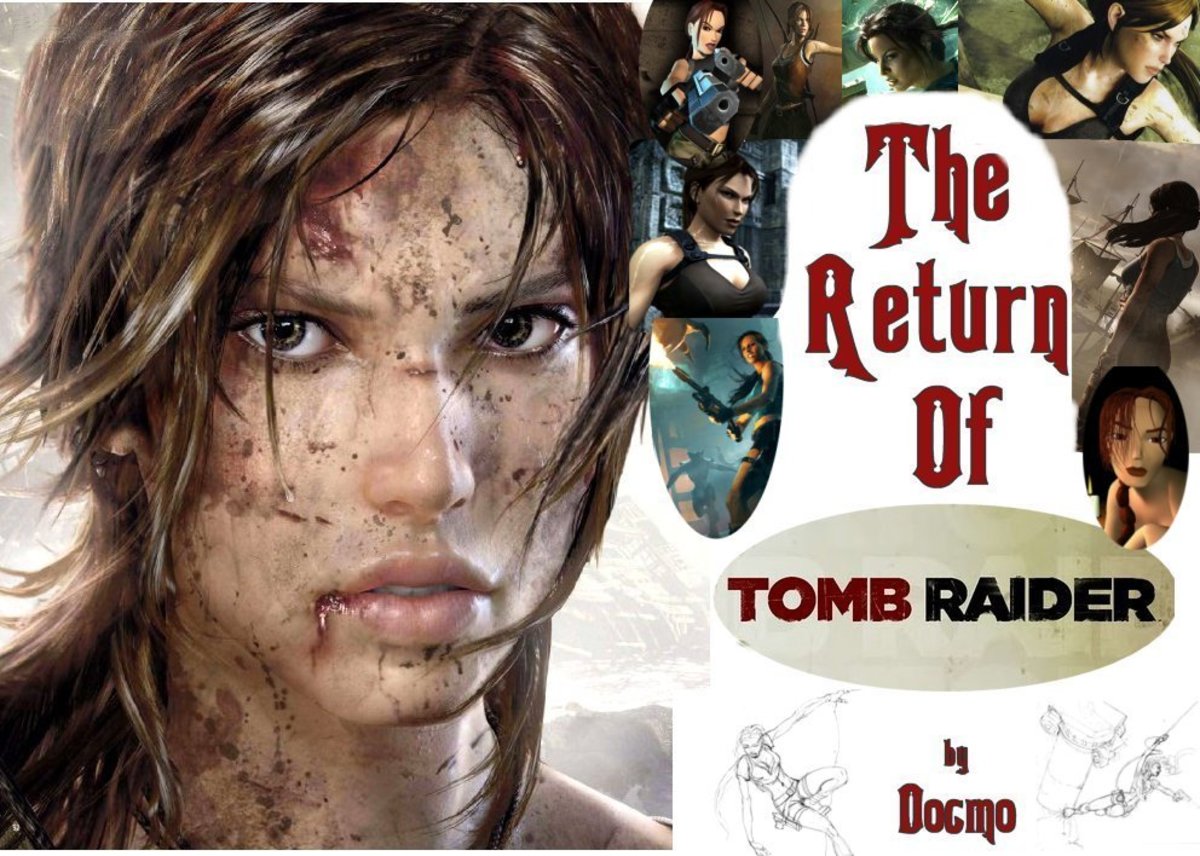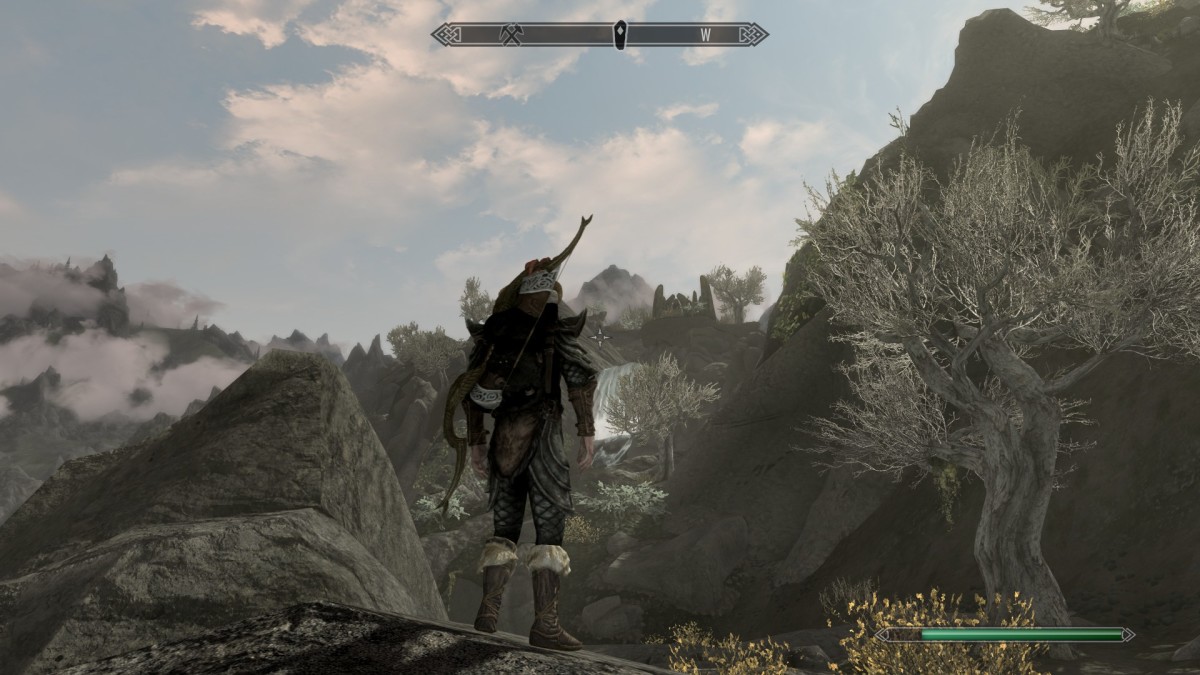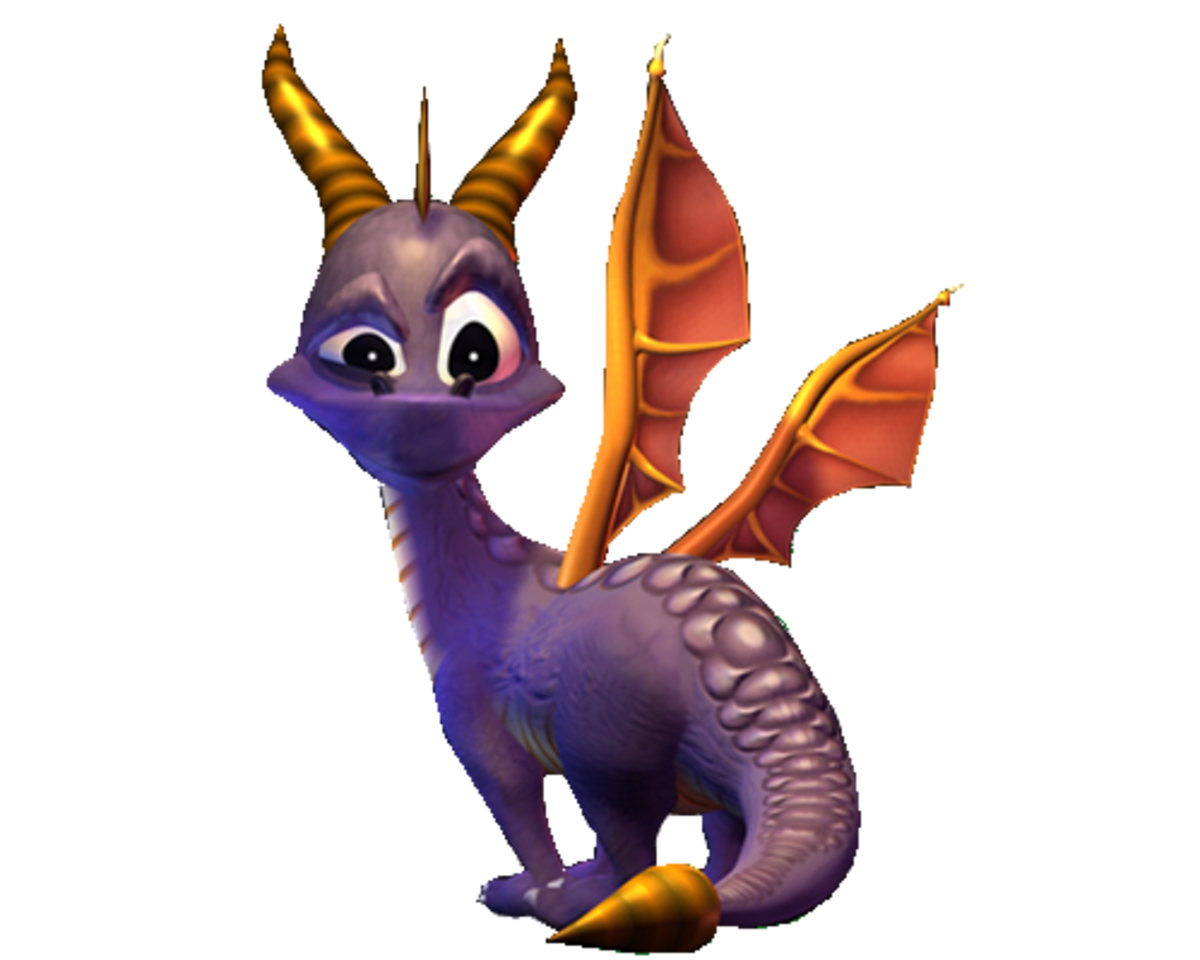A Brief History of Metroid
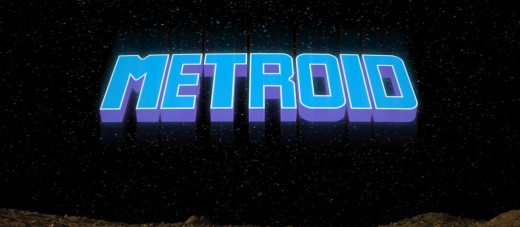
For a company best known for the colorful whimsy of pudgy mustachioed plumbers riding above clouds with smiley faces, it was a startling contrast. It was 1986 and Nintendo had released a dark, moody sci-fi adventure called Metroid.
In the simplest of terms it combined the platforming elements of Super Mario Bros. with the exploration aspects of the Legend of Zelda. With its focus on exploration, non-linear progression, and use of power ups to get to previously unreachable areas it was a deeply engaging futuristic adventure in a monster-filled labyrinth. Exploring the deepest caverns of alien planets alone combined with a haunting musical score enhanced the feeling of loneliness and isolation. At the time we thought of science fiction games as spaceships shooting lasers at other ships in the vein of Star Wars, but having a full on adventure with a sci-fi theme was brand new. What was even more unusual was that the hero of this game was a woman, the first female video game hero who was not some secondary character or a damsel in distress. Samus Aran, with her orange hued spacesuit, delved deep into the cavernous passageways of alien planets to emerge as one of the most recognizable icons in video game history. The last Metroid was released in 2010. Metroid Prime developers Retro Studios is rumored to be working on a new title, so one can only speculate…
Samus Aran
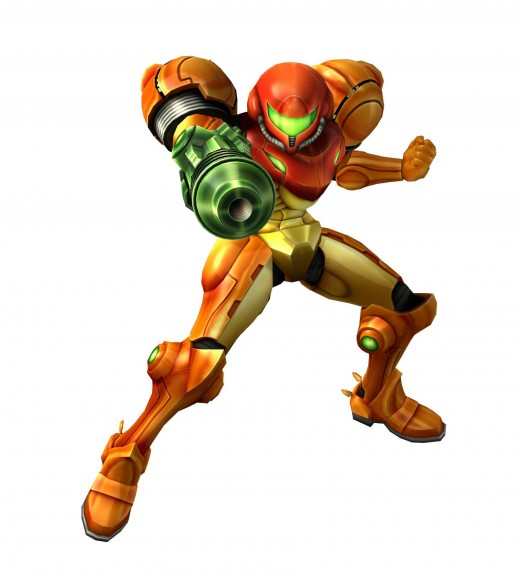
The series’ protagonist, Samus is a space bounty hunter, sort of a Boba Fett with Iron Man’s armor. She is commissioned by the Galactic Federation to eradicate the Space Pirates. Her upgradeable Power Suit can be outfitted with its arsenal of beam weapons like the Ice Beam and the Wave Beam, a couple hundred missiles, reserve energy tanks, and bombs. The Varia Suit bestows resilience to extreme temperatures, while the Morph Ball allows Samus to morph into a ball to fit into narrow passages and also plant bombs. There’s just no need for an army or the laws of physics with Samus around.
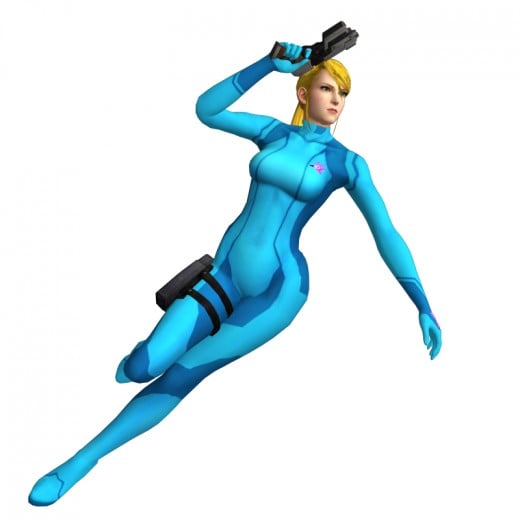
Metroids
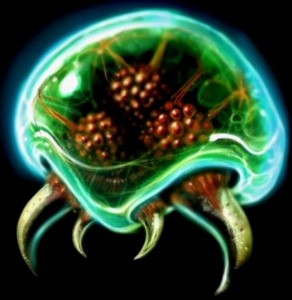
The eponymous jellyfish-like creatures are highly sought after by the bad guys and are the focus of the plot in the majority of the games. They can siphon the life energy from any living thing, are extremely durable, and multiply easily through beta ray exposure. This combination makes them desirable as biological weapons, though it has been demonstrated that they can restore life energy as well. They are not mindless and have been shown to at least have a high level animal intelligence. Throughout the series they have been shown to go through metamorphosis, thus evolving into more powerful forms. The standard form can usually be destroyed by freezing them then blasting them with missiles.
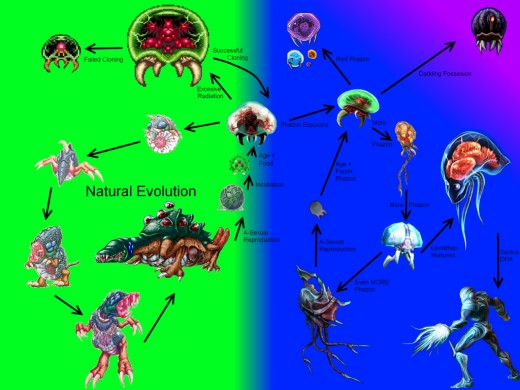
The Chozo
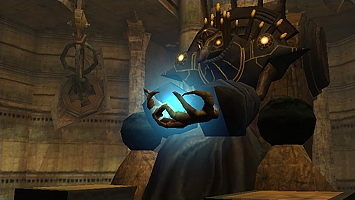
The statues of these bird-like creatures are found throughout the series. They provide clues, hold power ups, or even rise up and attack Samus. These sagely aliens actually raised Samus when she was orphaned by a Space Pirate attack. The Chozo are said to have reached a higher plane of existence.
The Space Pirates
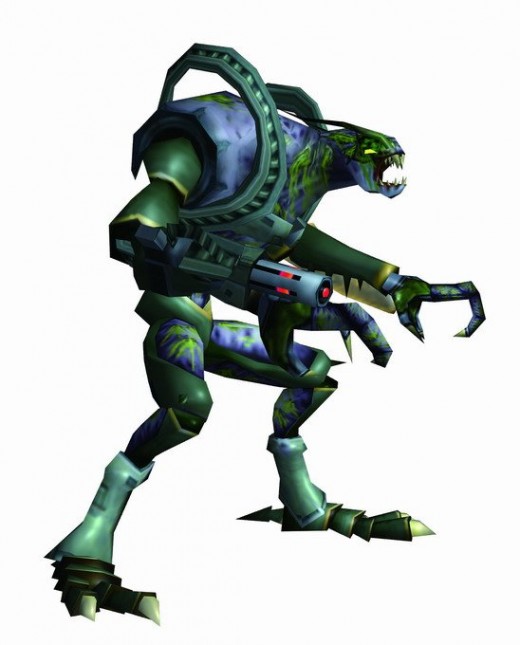
The Space Pirates are the primary antagonists of the Metroid series. The insect-like humanoids live a nomadic existence plundering ships and colonies and remain a constant thorn in the sides of the Galactic Federation. They are always looking for Metroids to employ as weapons and as sources of energy. Most are cannon fodder, but the elite few are resilient and have ninja-like agility.
Kraid
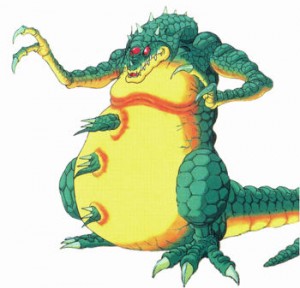
A recurring boss and high ranking leader and muscle of the Space Pirates, Kraid is usually depicted as a giant beast that looks something like a triceratops with a bulbous head standing on his hind legs. He attacks by shooting his horns as projectile weapons, along with clawing and biting. He makes his lair deep in underground rocky caverns.
Ridley

The fire breathing pterodactyl-like Ridley is also a recurring boss and Samus' arch nemesis, as well as primary antagonist in the Metroid series. He has appeared in nearly all the games in the series and seems to be able to cheat death, whether it be through healing, robotic armor, or just sheer cunning. Ridley naturally makes his base of operations in hellish fire/lava dungeons. Whenever Samus defeats him in battle, somehow he comes back.
Mother Brain
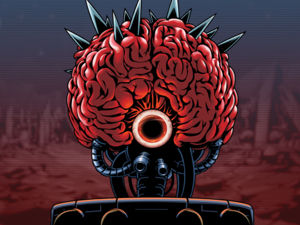
Mother Brain is a literal bio-mechanical brain and recurring final boss in the series. Depending on the game, she is either the supreme leader who controls the Space Pirates or the AI that oversees their operations with Ridley being the leader. So her actual leadership role is vague. She is depicted as giant brain in a jar, fed by a substance called Zeebetite and protected by semi-sentient rings of energy called Ringkas. And as shown in Super Metroid, she can take control of a robotic body and fire projectile weapons.
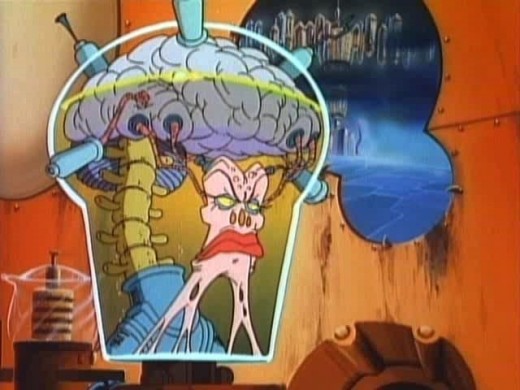
Speed Running
Metroid popularized the concept of speed running, or completing the game as fast as possible. The best endings were reached with the lowest time, and its non-linear layout and secret passages allowed players to get creative with limited resources. There are players who have the skills to beat the games in record time as well as achieve 100% completion; a feat of dedication that I choose not to have.
Escaping the Explosion
Simply defeating the final boss is no cause to celebrate yet, because doing so sets off a self-destruct sequence for the facility/ship/planet. It is basically a test of platform skills under intense pressure. There’s nothing like some added excitement after taking out The Enemy. Besides, simply beating the big baddie and watching the credits roll is for pansies.
Metroid (Nintendo Entertainment System, 1986)
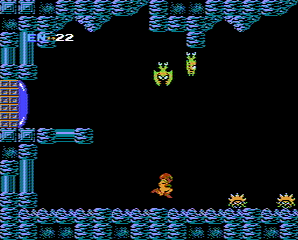
This is the one that started it all. Samus was sent all by herself inside the planet Zebes equipped only with a beam that didn’t even reach the end of the screen. She had to find all of her weapons through the course of exploration. There was no communication with an HQ of any kind, and certainly no friendlies to provide any advice. There were no save points; you had to write down cumbersome codes to continue. There wasn’t even a map, unless you drew one yourself. It was all about remembering what area you couldn’t reach before when you acquired a new item. Thankfully there were only five areas to explore. Defeating Mother Brain in under two hours revealed that Samus was indeed a woman. This game did not age well, so it was rebooted as Metroid: Zero Mission.
Metroid II: Return of Samus (Game Boy, 1991)
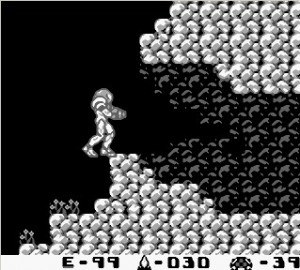
The only Metroid game to appear on the Game Boy, Samus is tasked with the eradication of all Metroids on their planet of origin, SR-388. She encounters the creatures in different stages of their life cycle, but nonetheless hunts them down with extreme prejudice. She eventually finds and defeats the Metroid Queen, but can’t bring herself to kill a Metroid larva that hatches in front of her, and act of mercy that would save her life one day. Limited by the technological constraints of the old Game Boy, it wasn’t as well received as its predecessor due to the black and white screen and poor sound quality.
Super Metroid (Super Nintendo, 1994)
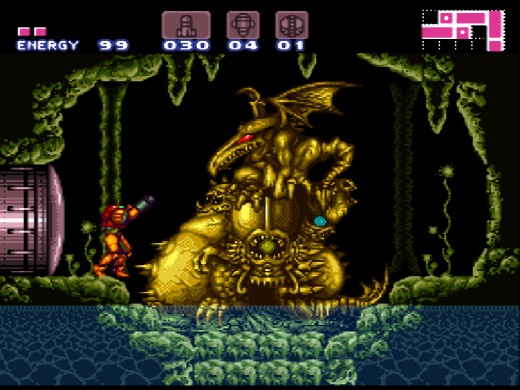
Super Metroid took the original and refined it to what is basically a 16-bit masterpiece. Taking place immediately after the events of Metroid II, Samus returns to the planet Zebes to retrieve the Metroid larva that was stolen by her old enemy, Ridley. What follows is a deep, epic adventure through a vast open world at once both familiar and new. With added weapons and abilities, a beautifully haunting score, and even dramatic tension, Super Metroid remains to this day one of my all-time favorites. And who can forget the ending? It managed to be one of the most emotional moments ever in a video game- all without a single word of dialogue. So not only is it a damn fun game, but artistic as well.
Metroid Prime (GameCube, 2002)
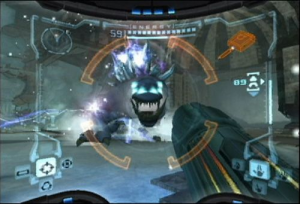
Other than an appearance as a playable character in Super Smash Bros., Samus and a new Metroid adventure were criminally absent from the Nintendo 64. That all changed when the news came out that the latest Metroid installment would be *gasp* in a first person perspective and *double gasp* developed by the then unknown Retro Studios in Texas. Fans including myself were outraged, until we played the game. Our fears were completely unfounded because the first person perspective did not dumb it down but enhanced the exploration aspect that is a trademark of the series. The platforming worked, too. It is truly a Metroid game, now fully in 3D. The Prime Trilogy takes place between the original Metroid and Return of Samus, as the bounty hunter investigates Space Pirate activity on the planet Tallon IV. The radioactive and corrupting compound Phazon is introduced in this game. Oddly, the game is retold in 2005’s Metroid Prime Pinball for the Nintendo DS.
Metroid Fusion (Game Boy Advance, 2002)
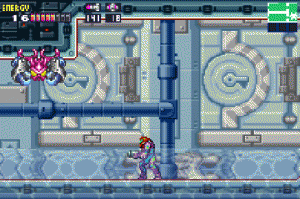
Chronologically, Metroid Fusion takes place last in the series canon. Fused with Metroid-like characteristics, Samus gains the ability to absorb lifeforms called X Parasites to restore health and weapons. Metroid Fusion developed in a more linear fashion due to its focus on storyline, but the basic open-ended gameplay remained intact, and magnifying the best aspects of the original and Super Metroid certainly helped. It was also one of the very few worthwhile uses for GameCube connectivity. Beating Metroid Prime unlocked the Fusion Suit for play in GameCube’s title, while completing Metroid Fusion can unlock the first Metroid game.
Metroid: Zero Mission (Game Boy Advance, 2004)
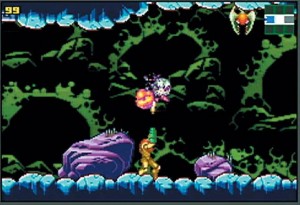
Because absolutely zero people want to write down passcodes, Metroid: Zero Mission is a remake of the original Metroid, as well as a retelling of the story. It manages to be fresh while retaining the original’s spirit. Along with the expected enhancements in graphics and sound, Zero Mission includes save rooms, new items, new areas, extra bosses, and remixes of favorite tunes. The game also delves into Samus’ backstory a little more. It's like playing the original with Super Metroid's gameplay mechanics and Fusion's aesthetics.
Metroid Prime 2: Echoes (GameCube, 2004)
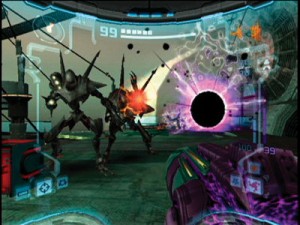
The second game in the Prime trilogy is again in the first person perspective and follows Samus to rescue Federation Marines from a ship near the planet Aether. After seeing that they were all slaughtered, she heads to the planet to destroy the killers, an evil race called the Ing. Similar to the Light World/Dark World concept from Zelda games, Aether is split into two dimensions. Samus must explore both worlds and solve puzzles in each to progress. She must also contend with Space Pirates, the monstrous Ing, and her evil doppelganger Dark Samus. Echoes was generally well received, but criticized for its steep difficulty curve and simplistic multiplayer feature.
Metroid Prime Hunters (DS, 2006)
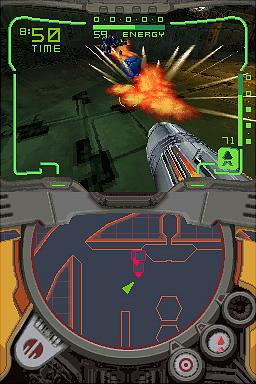
Taking place between Metroid Prime and Metroid Prime 2:Echoes, Hunters represents a departure from the more exploration based previous installments to a more action oriented title. Investigating a message regarding a key to the “ultimate power” in some solar system, Samus has to fend off six rival bounty hunters looking for the power for themselves. Control is handled with the D-Pad, while dragging the stylus is used for aiming. Hunters also includes a multiplayer feature that supports 4 players and voice chat capability. The cramp inducing control scheme was the only major drawback.
Metroid Prime 3: Corruption (Wii, 2007)
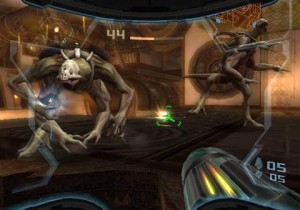
Metroid Prime 3 is the first series entry for the Wii and the final installment, obviously, of the Prime Trilogy. Taking place across several planets this time, she must stop the spread of the destructive compound known as Phazon as well as a plot perpetrated by Dark Samus and the Space Pirates. In the meantime, she must stave off her own Phazon corruption. Control is handled with Wii Remote/Nunchuk combination, allowing for greater precision and freedom with aiming. It is also the first game to feature a significant amount of voice acting. All three Metroid Primes are available on one disc with the new control scheme as the Metroid Prime Trilogy.
Metroid: Other M (Wii, 2010)
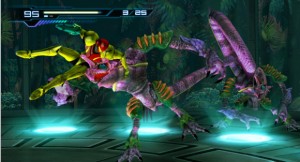
Metroid: Other M is collaboration between Nintendo and Team Ninja. It is a direct sequel to Super Metroid and prequel to Metroid Fusion, delving deeper into Samus’ story. Unfortunately, the story is the weakest part of this game. Samus Aran was always a strong female character, able to hold her own as sole protagonist. But developer Team Ninja reduced her to a docile little girl who needs permission from some jerk father figure to activate her own weapons. The gameplay is heavy on the action, with a mixture of third person and (sometimes infuriating) first person perspectives. Although the action is ramped up with lots of dodging, melee attacks, and good old fashioned blasting aliens with destructo-beams, the sense of exploration and platforming are still there, at least. This was the first Metroid title to evoke a visceral anger when I think about it.


